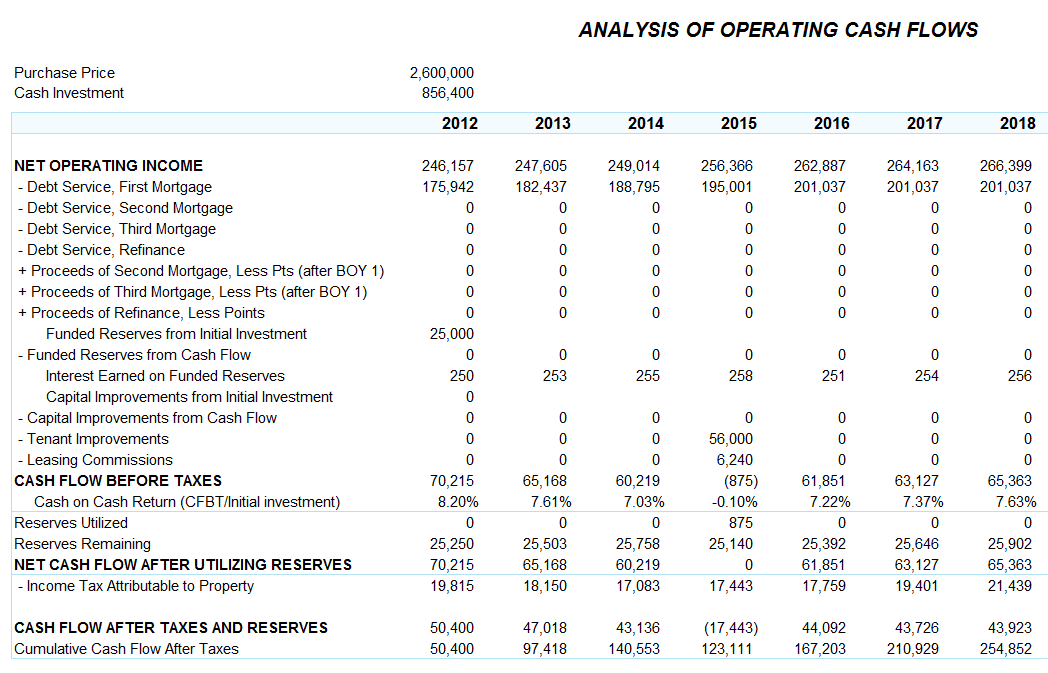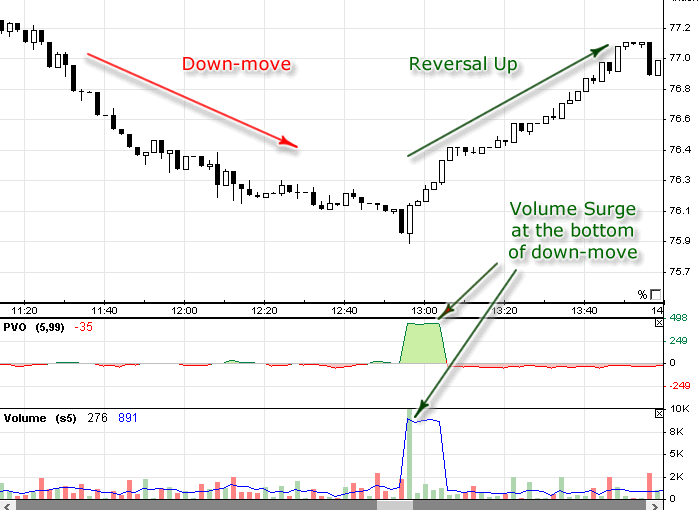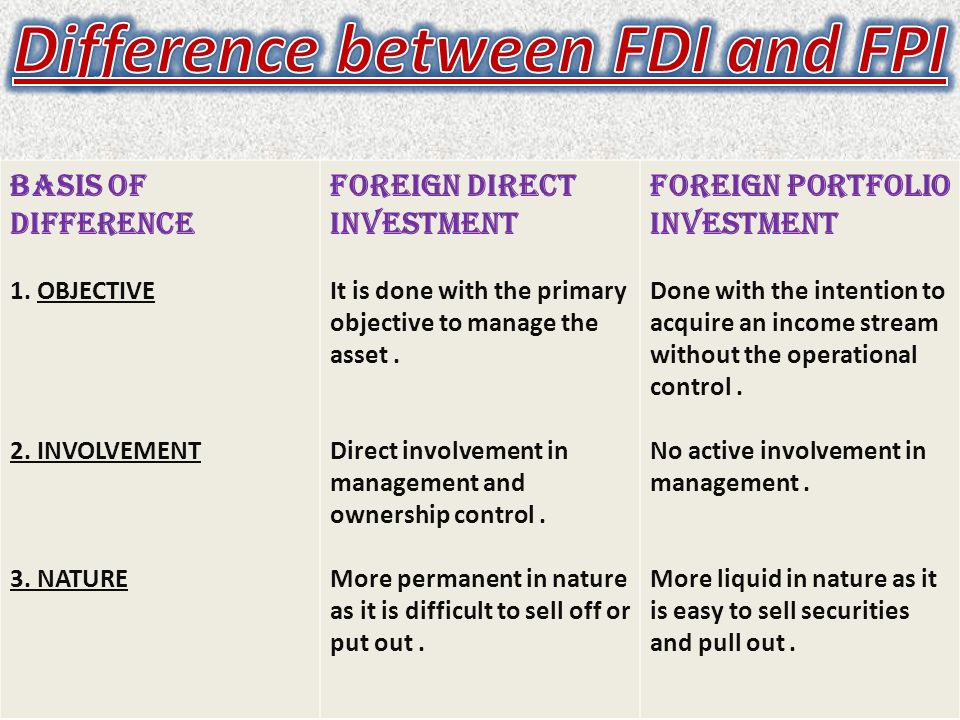Contents:


The intrinsic value is the price profit while the time value is the probability that the market is assigning to the option becoming profitable. All ITM options will have intrinsic value and time value while OTM options will only have time value. Monthly call options are the normal options that expire on the last Thursday of the month which are popularly trading. Recently, SEBI and the exchanges introduced a new product called weekly options specifically with respect to Bank Nifty. The idea was to reduce the risk of options by making the expiry each week. These weekly options have attracted quite a bit of interest from traders in the recent past.

On the settlement day if the price of TCS is Rs.2850, the option is profitable to you. But if on that date the price of TCS is Rs.2500 then you are not interested in buying TCS at 2700 when you can buy it in the open market at Rs.2500. For this right without obligation you pay a premium of Rs.45, which will be your sunk cost. For example, if the call option spot price is greater than the strike price then it is called the in-the-money or ITM option.
Uses of Derivatives
Furthermore, the buy call option meaning traded in OTC markets are far more complicated in terms of the terms and conditions than regular calls and puts traded on an exchange. Please read all scheme related documents carefully before investing. Technically anyone can trade in options, but it is best to gain some market knowledge before trading in options.
To make a profit from the option, you’ll need to sell the call option in the market when it is more than Rs.25. Alternatively, if you are going to exercise the option, then your stock price should be able to cover the cost of the strike plus the option cost and leave you with a small profit margin. A call option is a right to buy an underlying asset or contract at a fixed price at a future date but at a price that is decided today. On the other hand, the put option is the right to sell an underlying asset or contract at a fixed price at a future date but at a price that is decided today. It is essential to remember that the derivatives in the stock market are a «zero-sum-game» – meaning that the position taken by seller and buyer are exactly opposite and therefore have an exactly opposite payoff. So, any profit derived by the seller is at the loss of the buyer and vice-versa.
- If the call option holder decides to exercise the right in the contract, the seller is obligated to sell the underlier at the strike price.
- The price for the call option is called premium and is to be paid by the call buyer as the price for the rights that he enjoys from the call option contract.
- So, to make a profit, he decides to buy one lot of RIL call option of 2,800 strike price at a premium of ₹100 .
- Implied Volatility is a likely movement in the price of the security as forecasted by the market, and is a measure of estimating any fluctuations in the price of the security in the future, on the basis of some predictive factors.
- Typically, a PCR value below 0.7 and approaching 0.5 is indicative of a strong bullish sentiment in the markets as more Calls are being bought as compared to the Puts.
We may provide you with various money solutions and options which are generally available basis your investment profile or those which are generally held by persons of similar investment profile. You authorize us to use/disseminate the information to provide the Financial Solutions however it is not necessarily for you to act on it. It only serves an indicative use of information which you may execute in the manner agreed by you. You have the option to withdraw the said consent in the manner specified under these Terms of Use. Please also read the Privacy Policy for more information and details as provided on the Website.
Intrinsic value is the true worth of the https://1investing.in/ and Time value is the value which is there because of the time left for the expiry, because as the Expiry time comes near the risk of loosing the money is high. When you buy an option you have to pay some premium at the time of buying it. Another reason for buying these options is hedging your positions which will help you to survive in bearish market conditions. You can buy a Call Option when you are expecting the price of the underlying asset to go up.
Expert Assisted Services
However, if the price does not increase beyond Rs. 120, B will hold on to the shares and not affect any sale. Apart from the above, there are certain considerations, which are discussed below, that the options trader must understand. The information contained on the Website may have been obtained from public sources believed to be reliable and numerous factors may affect the information provided, which may or may not have been taken into account.
An option has an Expiry date, when its automatically exercised if it has any intrinsic value left. The idea behind buying a put option is simple – to obtain the right to sell the underlying security at a favorable price. Trading a put option can be profitable only when the strike price is above the spot price. If Company A 460 CE of lot size 1000 is bought at premium of Rs. 4 per share, maximum loss is the premium paid of Rs. 4,000 (Rs. 4 per share X 1,000 shares per lot).
Free Stock Market Courses to Learn Everything About Investing and Trading
SEBI has permitted options trading on only certain stocks that meet its stringent criteria. These stocks are chosen from amongst the top 500 stocks keeping in mind factors like the average daily market capitalization and average daily traded value in the previous six months. No worries for refund as the money remains in investor’s account.» For example, if a call option has an intrinsic value of Rs.15 and a time value of Rs.10, then you will have to pay Rs.25 to purchase the call option as that would be the price of the call option in the market.

There are also transaction costs and statutory costs but for simplicity purpose, we will ignore them for the time being. Options allow traders to trade market fluctuations through set prices and time. Though the chance of making money is huge, it is extremely risky. Only trade options if you have enough knowledge of all market nuances.
Such PCR values usually imply that investors are speculating that the markets will decline or that participants are trying to hedge their portfolios to reduce potential losses in the event of a mass sell-off. Options allow investors to lock the stock price at a specified amount for a set length of time. It assures that investors will be able to purchase or sell the stock at a striking price at any moment prior to the option contract expires, depending on the kind of option utilized. For U.S. style options, a call option buying contract gives the buyer to buy the involved asset at strike price anytime till the expiry date of contract. In case of an European style option, the call option owner has the power to exercise only on the expiry date. Buying a call option means obtaining the right to buy the underlying security in the contract.
If a security’s price increases before its exercise date, buying a call option may yield a profit to an investor. If there is indeed a rise in the value of a security, it should be bought at the strike price, and immediately sold off at a higher market price. Holder of call options may also wait a little longer to discern a possibility of further price rise. Trading options can be very rewarding if they are used in the right way.
This Agreement describes the terms governing the usage of the facilities provided to you on the Website. Clicking «I Agree» to «Terms & Conditions», shall be considered as your electronic acceptance of this Agreement under Information Technology Act 2000. A put option in bonds gives the holder of the bond the right to enforce repayment of the principal amount before the maturity period.

If Company A 460 PE of lot size 1000 is sold at premium of Rs. 4 per share, maximum gain is the premium earned of Rs. 4,000 (Rs. 4 per share X 1,000 shares per lot). Profit is limited to Rs. 4,000 while the loss is unlimited since theoretically share price can move to any level on the downside. If the share price falls below 460, the put will get exercised, leading to loss for the seller of put option. An options contract is the right, and not the obligation, for its buyer to buy or sell the underlying asset at a certain price on or prior to a fixed date. Options are a good way to trade in stocks without owning them.
👇 SHARE MEANING 👇
Like in the case of currency futures, you have rupee pairs and cross currency pairs in currency options too. Let us first look at the sample of rupee pair options on the NSE and their contract specifications. Hi Vinayak, index futures and options continue to be cash settled. Physical delivery is applicable to stock futures and options only. Because there is no delivery-related obligation in index futures and options, the concept of auction does not apply to index. I have two doubts related to how much I need to pay or how much do I receive when buying or selling an option contract.
Our Goods & Services Tax course includes tutorial videos, guides and expert assistance to help you in mastering Goods and Services Tax. ClearTax can also help you in getting your business registered for Goods & Services Tax Law. ClearTax offers taxation & financial solutions to individuals, businesses, organizations & chartered accountants in India. ClearTax serves 1.5+ Million happy customers, 20000+ CAs & tax experts & 10000+ businesses across India. Kotak Securities Research Centre brings to you fundamental, technical, derivatives and currency derivatives research report. As in the case of the index call option, the writer of this option would stand to gain only when you lose and vice versa, and to the same extent as your gain/loss.

Leave a Reply